ACTIVITIES
Methods and Discipline
Archaeology
The timing of colonisation, the routes followed by early colonists, and the number of founding migrations to South America are still a matter of controversy. While much research has concentrated on coastal and savannah routes, the colonisation of the Amazon, the largest tropical forest on earth, has only received cursory consideration.
We will carry out a two-pronged approach, 1) surveying and excavating unexplored regions in the Darien gateway, and 2) re-excavating key LP-EH sites that encompass the different environments encountered by the early settlers, including: lowland tropical forests, forest-savannah ecotone, Sub-Andean forest and Andean Forest.
Techno-typological analysis will be carried out on lithic material, with particular attention on the form, function, and spatio-cultural affiliation of stone tools. Lithic analysis will aid the identification of technological adaptations to specific environments over time, including changing hunting strategies and the development of plant processing.
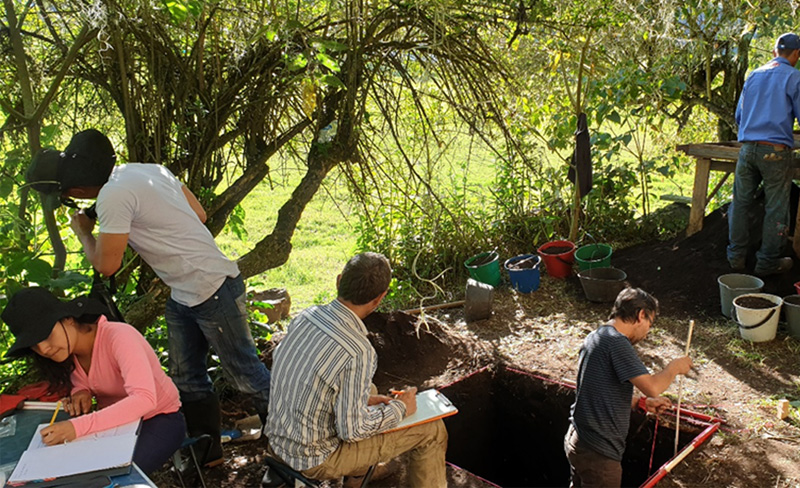
Archaeobotany
Archaeobotanical remains help us to reconstruct past vegetation and the ways in which humans interacted with their environment.
We analyse phytolith, starch-grain, seeds, pollen and charcoal samples from archaeological contexts, including: i) archaeological features, for example hearths and midden deposits; ii) column samples from exposed excavation profiles; iii) residues extracted from plant-processing tools, such as plant grinding stones, stone axes, and scrapers.
Microbotanical and macrobotanical remains will be analysed to obtain direct evidence of which plant taxa were processed for food and fuel. The archaeobotanical assemblages will be checked against reference collections at University of Exeter, the National University of Colombia and University of Antioquia using traditional microscopy and SEM technology.
The combined reference collections are unparalleled in the world, containing the most extensive Neotropical reference collection, comprising more than 2000 species of plants native to South and Central America.

Zooarchaeology
Different practices of bone marrow and grease exploitation leave particular patterns of breakage that can be identified. Skeletal part abundances provide information regarding site function (e.g., kill-site vs. camp), whilst mortality profiles shed light on hunting techniques. SEM magnification will be used to detect and analyse surface bone modifications such as cut marks made by stone tools.

Palaeoecology
The project will focus on vegetation reconstructions utilising existent lake pollen records with LP-EH dates, with particular emphasis on the lake sites (Behling & Hooghiemstra 1999; Behling et al. 1999; Hooghiemstra et al. 2001; Van der Hammen & Hooghiemstra 1995) that are paired with the key archaeological sites investigated by the project.
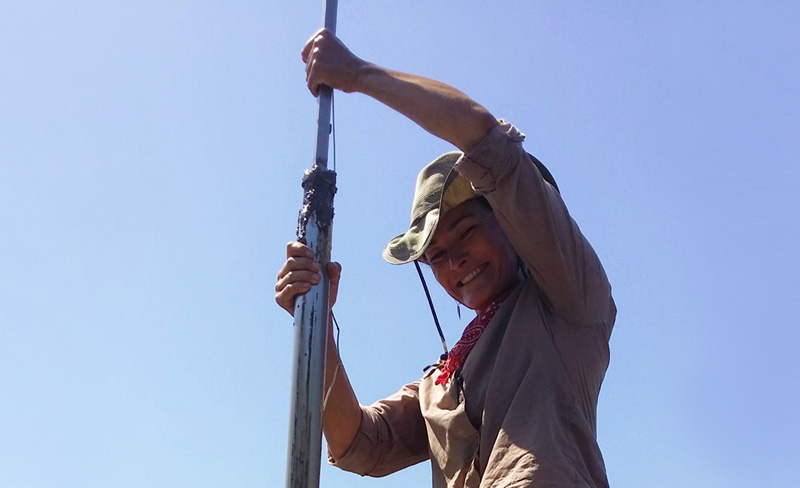
Soil Science
Terrestrial soil profiles provide local, fine-scale resolution evidence of vegetation and fire history as well as evidence for human modification.
In each of the study areas we open test units to collect samples for phytolith, charcoal and soil organic matter analysis, and for the analysis of carbon isotopes and soil geochemistry.
We use the column sampling method to collect samples at 5 cm intervals from the soil profiles.
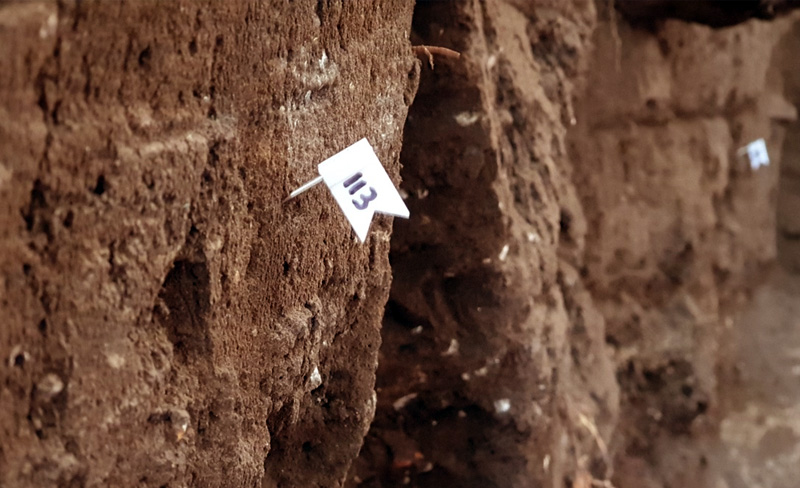
Isotopes
The project will primarily target megafauna skeletal material for isotope analysis. Stable carbon (δ13C) and oxygen (δ18O) isotope analysis of tooth enamel have begun to emerge as a powerful method of examining the changing impacts of climate and human behaviour on the diets and ecologies of faunal populations. δ13C analysis of skeletal material can distinguish between diets dominated by C3 or C4 vegetation, which in the tropics can be associated with C3-dominated forest environments versus C4 grassland settings.
The δ18O composition of skeletal material can provide additional palaeoecological information about animal diet, including water sources, migratory foraging behaviours and climatic impacts on resources. Strontium isotope composition (87Sr/86Sr) can be analysed from tooth enamel to examine the mobility patterns of faunal populations.
Tooth enamel 87Sr/86Sr ratios record the biologically available strontium of an individual’s ingested food and water, which will spatially vary with differences in source geology, soil, and hydrology and can be used to determine whether that individual fed and drank locally or foraged over a wider, diverse landscape.
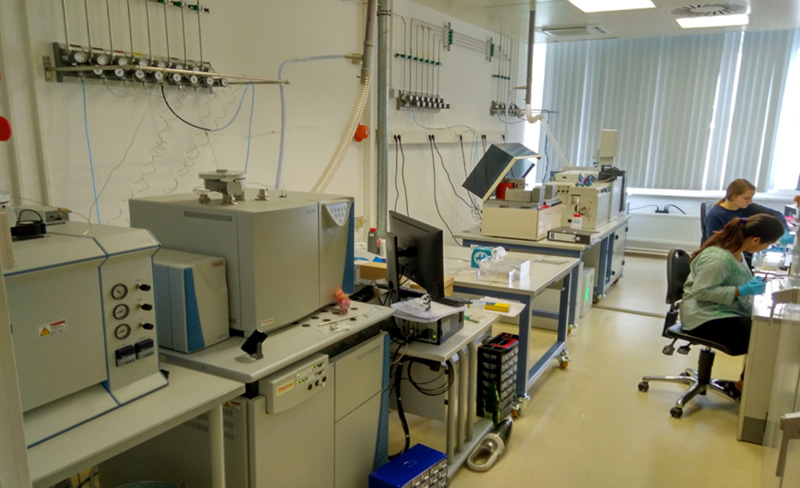
Palaeogenetics
The latest research developments in molecular biology are opening new avenues of research into ancient contexts. Ancient environmental DNA of sediments, deriving from somatic tissues, hair, faeces and urine, has been used to reveal the presence of animal and plant species even in the absence of macrofossils. Using ancient DNA analysis, we will address the presence and interaction between humans, plants, animals, and pathogens. In addition, ascospores of Sporormiella, a coprophilous fungus that grows and reproduces in the dung of large herbivores will be analysed from stratified lake sediments to assess changes in megafauna abundance through time.
Analysis will use the shotgun metagenomic approach, considering the complete genetic pool to objectively identify taxa on the basis of the unique information of each DNA strand sequenced.
By using available comprehensive databases, the technique allows us to identify organisms from larger mammals, plants and birds to smaller DNA virus, fungi, bacteria, and archaea. DNA capture enrichment of mammalian mitochondrial DNA can also enhance the detection of fauna, including hominin presence.
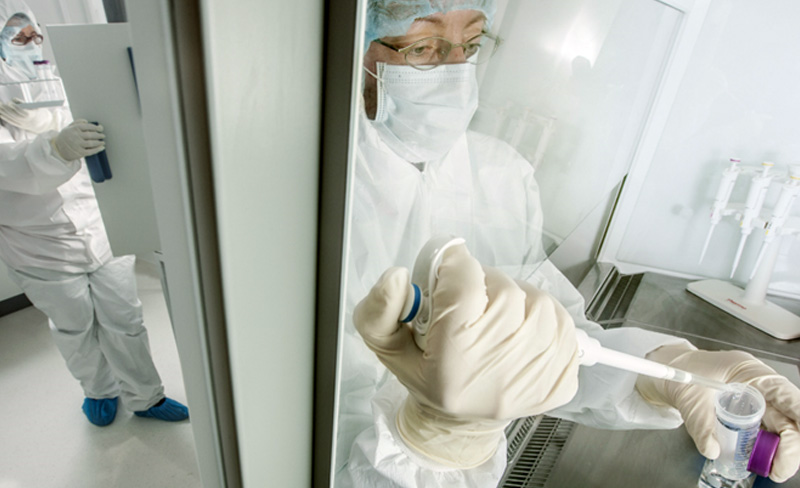
Paleoclimate
The recently produced speleothem record from El Peñon in a highland cave site (~3000 m a.s.l.), provides a precipitation proxy with sub-decadal resolution for the last 20,000 years. We will supplement this record and other proxies, with a new speleothem record from caves located in lower altitudes, in order to discuss topographic and regionally distinct climate change.
The stalagmites will be dated by U-Th method using the multi-collector inductively coupled plasma mass spectrometry technique (MC-ICP-MS, Thermo-Finnigan NEPTUNE). The stable isotope analyses will be carried out at Stable Isotope Laboratory of the Geosciences Institute of the University of Sao Paulo (LIESP-CPGeo-IGc-USP) using a Thermo-Finnigan Delta Plus Advantage mass spectrometer.
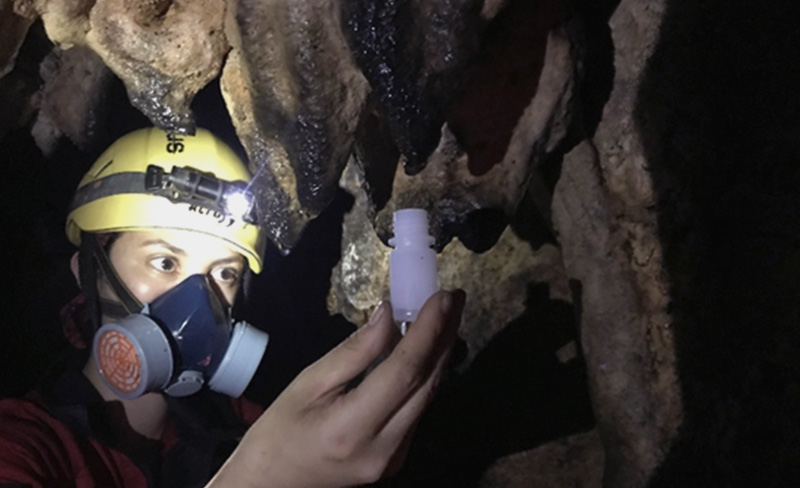
CONTACT US
